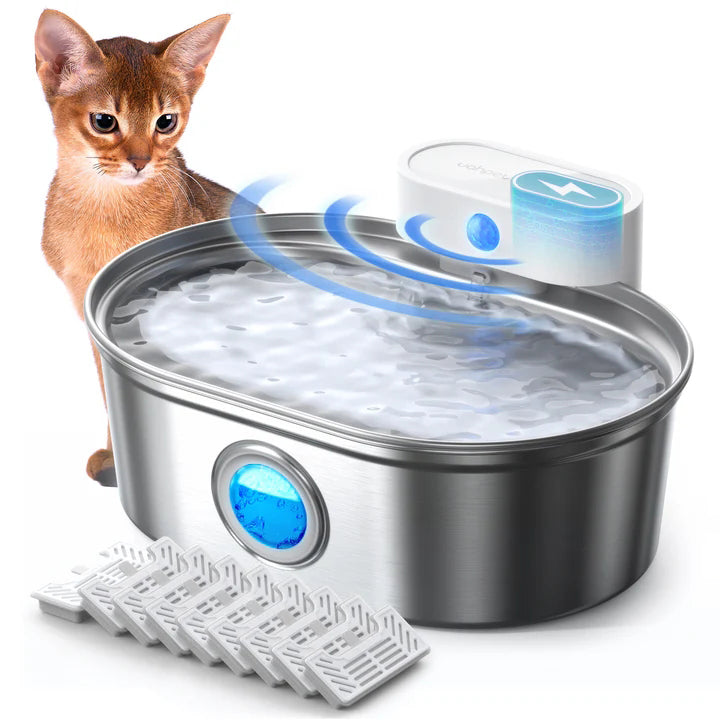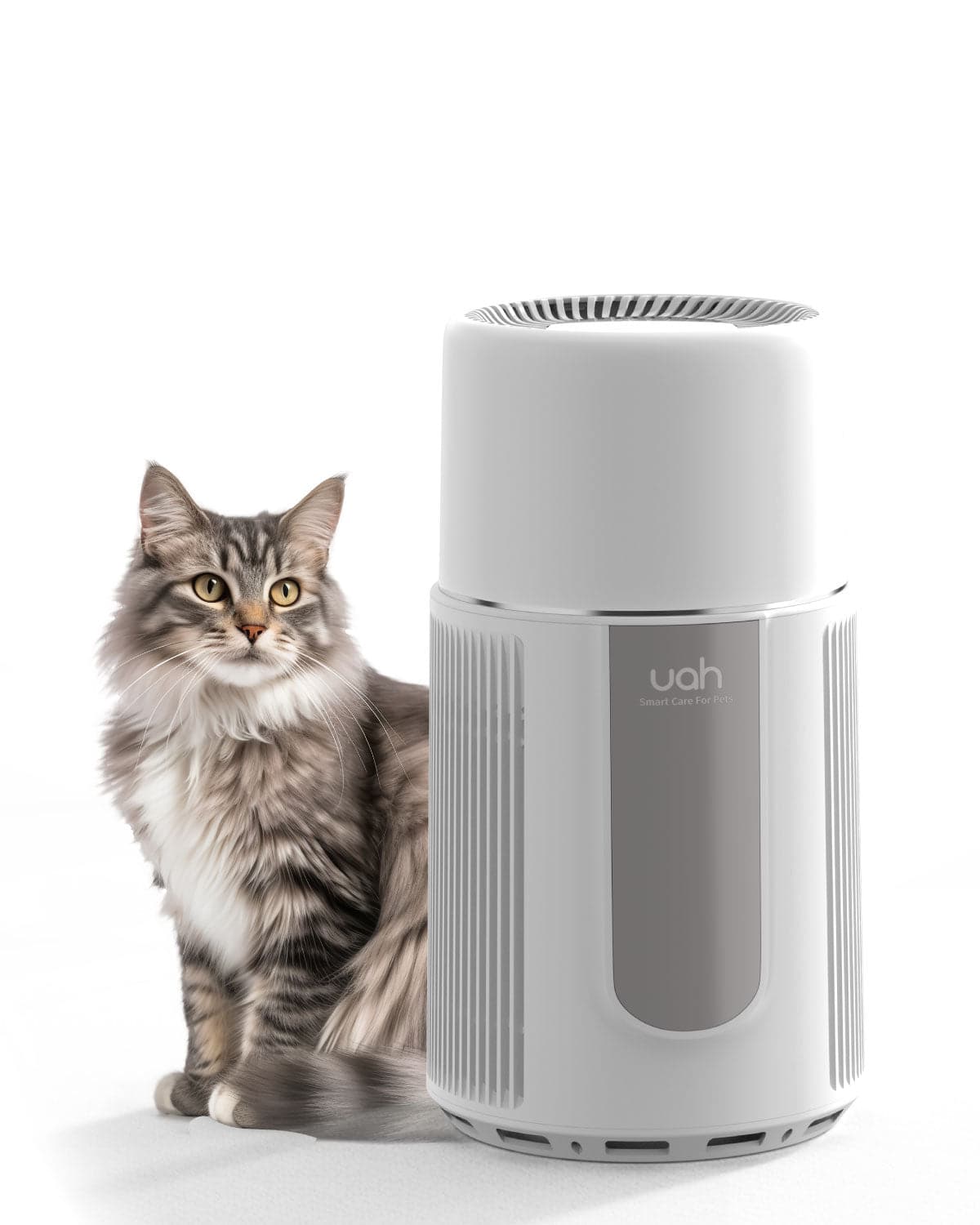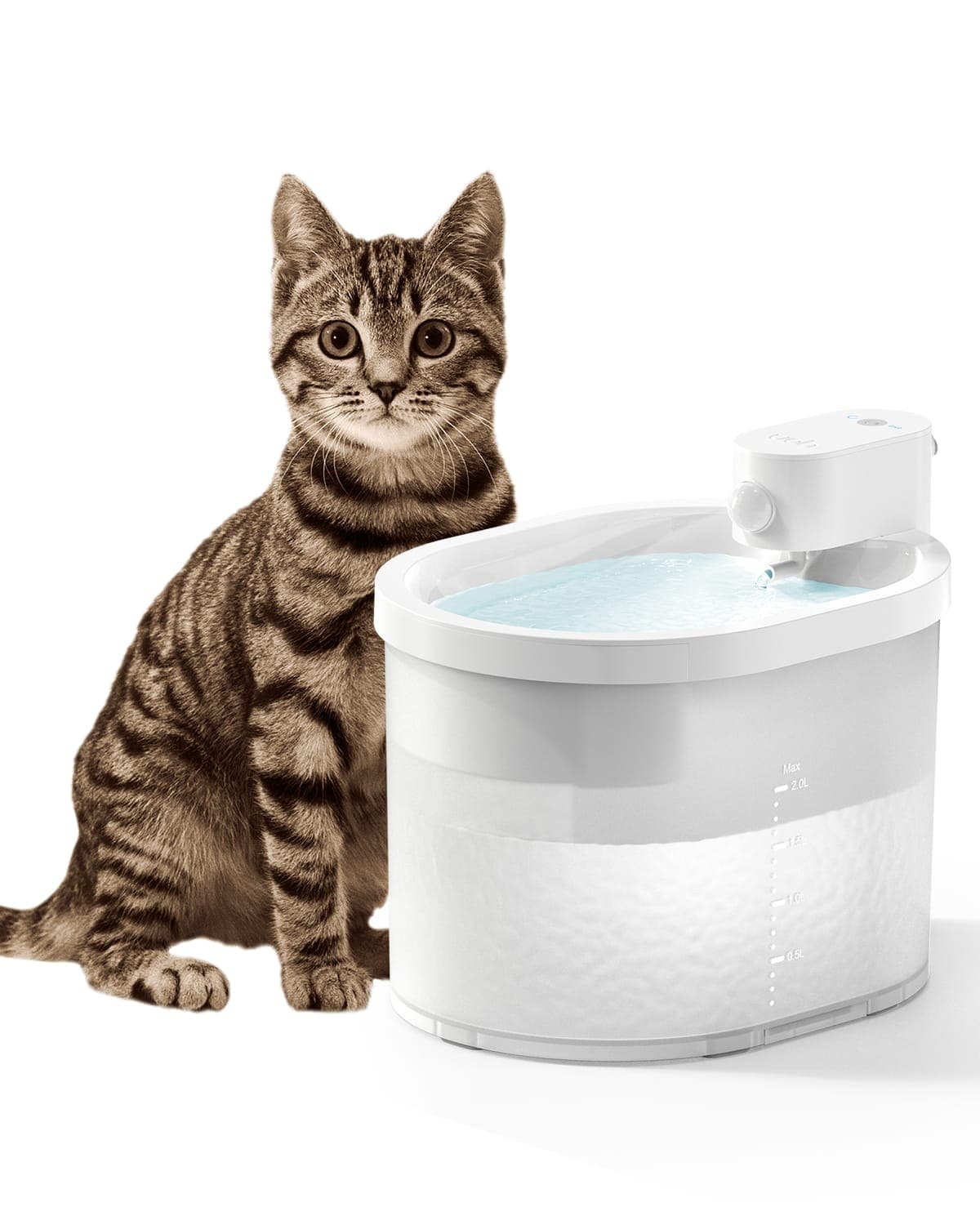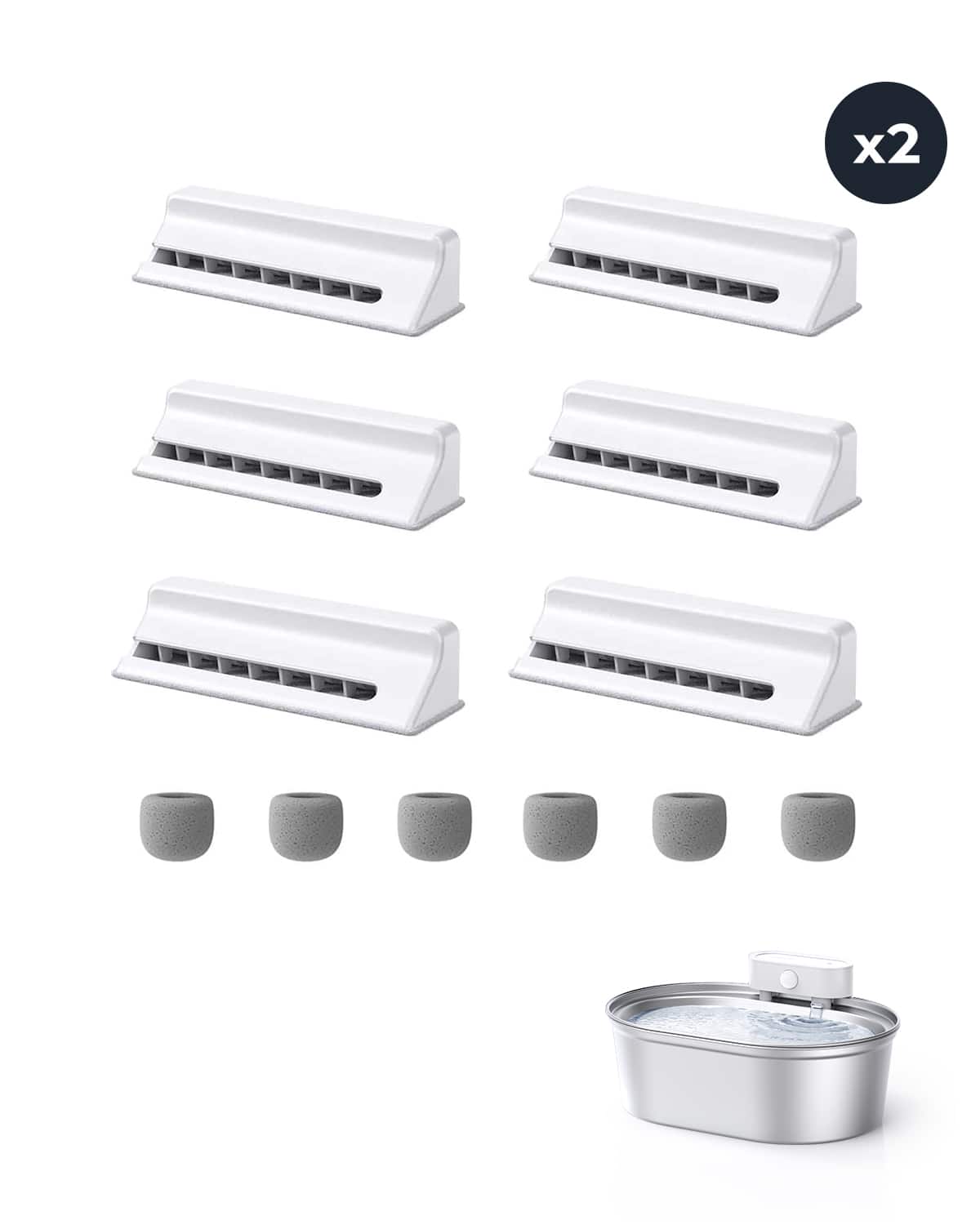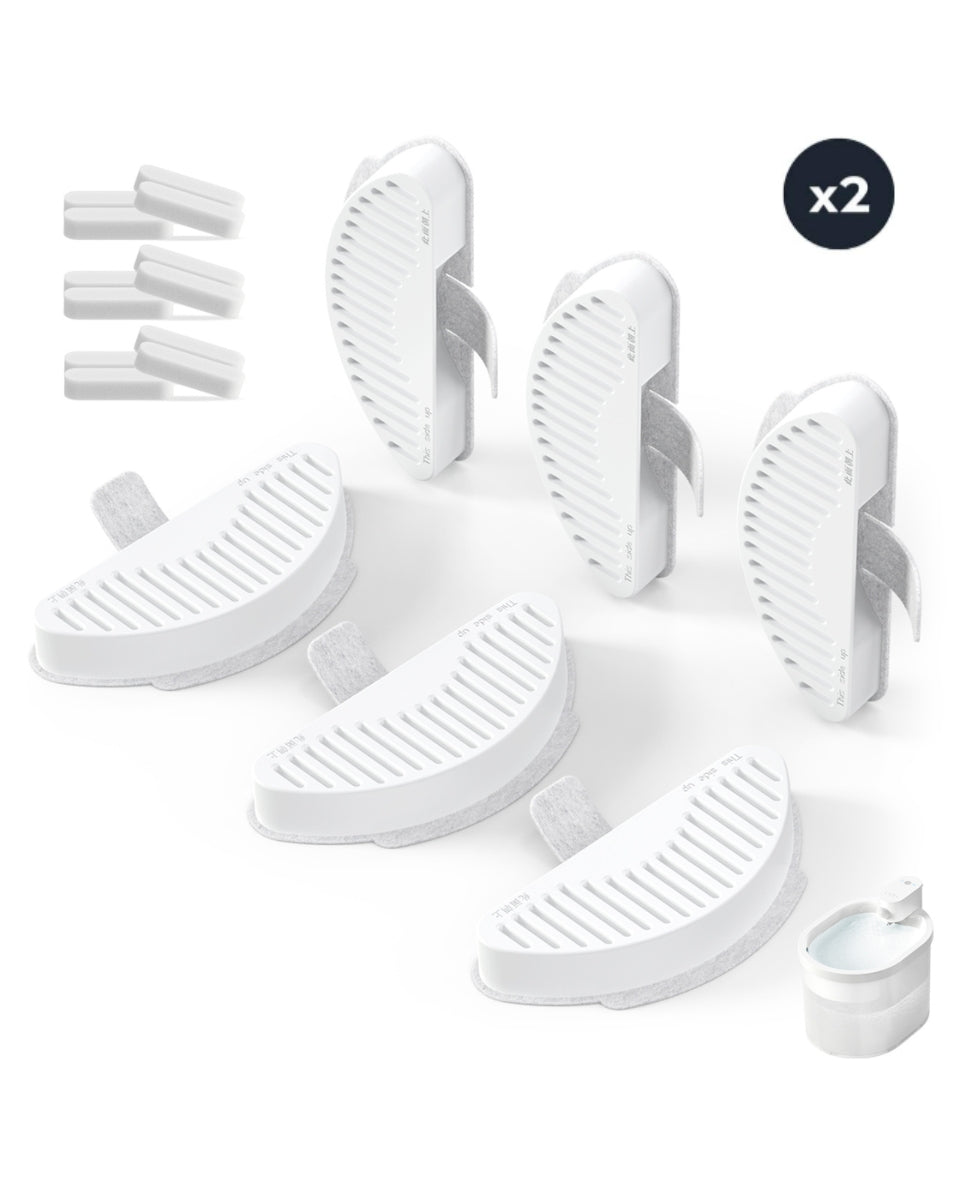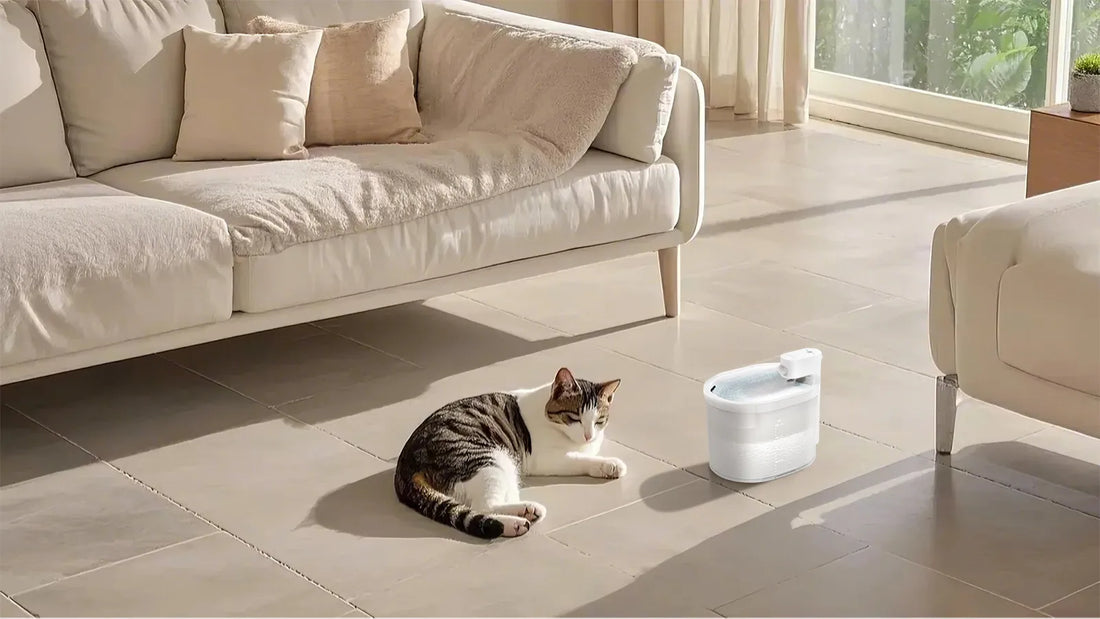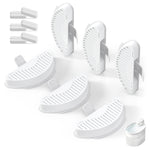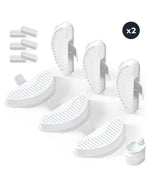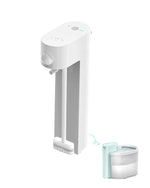If your dog is panting at night and drinking lots of water, it’s natural to feel concerned. These behaviors can be signs of various underlying issues, ranging from mild to serious. Understanding the causes and knowing when to seek veterinary help is crucial for your dog’s well-being. This article explores the potential reasons behind these symptoms and provides actionable solutions to help your furry friend.
Common Causes of Dog Panting at Night
Panting is a normal behavior for dogs, especially after exercise or in hot weather. However, excessive panting at night can indicate something more serious. Here are some common causes:
1. Overheating
Dogs regulate their body temperature through panting. If your home is too warm or your dog’s sleeping area lacks proper ventilation, they may pant excessively at night. Ensure your dog has a cool, comfortable place to sleep.
2. Anxiety or Stress
Dogs can experience anxiety or stress due to changes in their environment, separation from their owners, or loud noises like thunderstorms. This can lead to nighttime panting. Providing a calm, secure environment can help alleviate this issue.
3. Pain or Discomfort
If your dog is in pain due to an injury, arthritis, or other medical conditions, they may pant more at night. Observing other signs of discomfort, such as limping or whining, can help identify this cause.
4. Respiratory Issues
Respiratory problems like asthma, bronchitis, or heart disease can cause difficulty breathing, leading to excessive panting. If you suspect respiratory issues, consult your veterinarian immediately.
Why Is My Dog Drinking Lots of Water?
Increased water consumption, or polydipsia, can be a sign of various health conditions. Here are some potential reasons:
1. Dehydration
If your dog is not getting enough water during the day, they may drink excessively at night. Ensure your dog has access to fresh water throughout the day.
2. Diabetes
Diabetes can cause increased thirst and urination in dogs. If your dog is drinking lots of water and showing other symptoms like weight loss or lethargy, consult your vet.
3. Kidney Disease
Kidney disease can lead to increased water consumption as the kidneys struggle to filter waste. Other symptoms include vomiting, loss of appetite, and lethargy.
4. Cushing’s Disease
This condition, caused by an overproduction of cortisol, can lead to excessive drinking and urination. Other symptoms include a pot-bellied appearance and hair loss.
When to Seek Veterinary Help
While occasional panting and increased water consumption may not be cause for concern, persistent or severe symptoms warrant a visit to the vet. Here are some signs that indicate the need for professional help:
- Panting that doesn’t subside after cooling down or calming down
- Excessive drinking accompanied by weight loss or lethargy
- Difficulty breathing or blue-tinged gums
- Signs of pain or discomfort
How to Help Your Dog
If your dog is panting at night and drinking lots of water, there are several steps you can take to help them:
1. Create a Comfortable Sleeping Environment
Ensure your dog’s sleeping area is cool, quiet, and comfortable. Use a fan or air conditioning to regulate temperature, and provide a soft bed.
2. Monitor Water Intake
Keep track of how much water your dog is drinking. If you notice a significant increase, consult your vet to rule out underlying health issues.
3. Reduce Stress
Identify and address sources of stress in your dog’s environment. Provide a safe space, use calming aids like pheromone diffusers, and maintain a consistent routine.
4. Regular Veterinary Check-ups
Regular check-ups can help detect and address health issues early. Discuss any concerns about your dog’s behavior with your vet.
Preventive Measures
Preventing excessive panting and increased water consumption involves maintaining your dog’s overall health. Here are some preventive measures:
- Provide a balanced diet and ensure your dog gets regular exercise
- Keep your dog hydrated, especially during hot weather
- Monitor for signs of illness and seek prompt veterinary care
- Maintain a stress-free environment
By understanding the causes and taking proactive steps, you can help ensure your dog stays healthy and comfortable. If you notice persistent symptoms, don’t hesitate to seek professional advice. Your dog’s well-being is worth it.

![[🎃Halloween Sale]UAHPET Stainless Steel Self-Cleaning Cat Litter Box](http://www.uahpet.com/cdn/shop/files/1-cat-litter-box.jpg?v=1761890851&width=1600)
